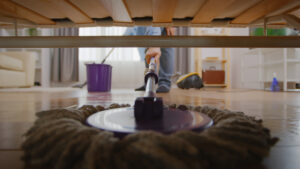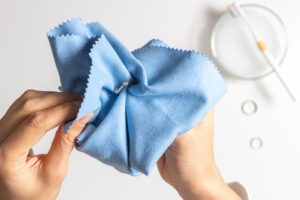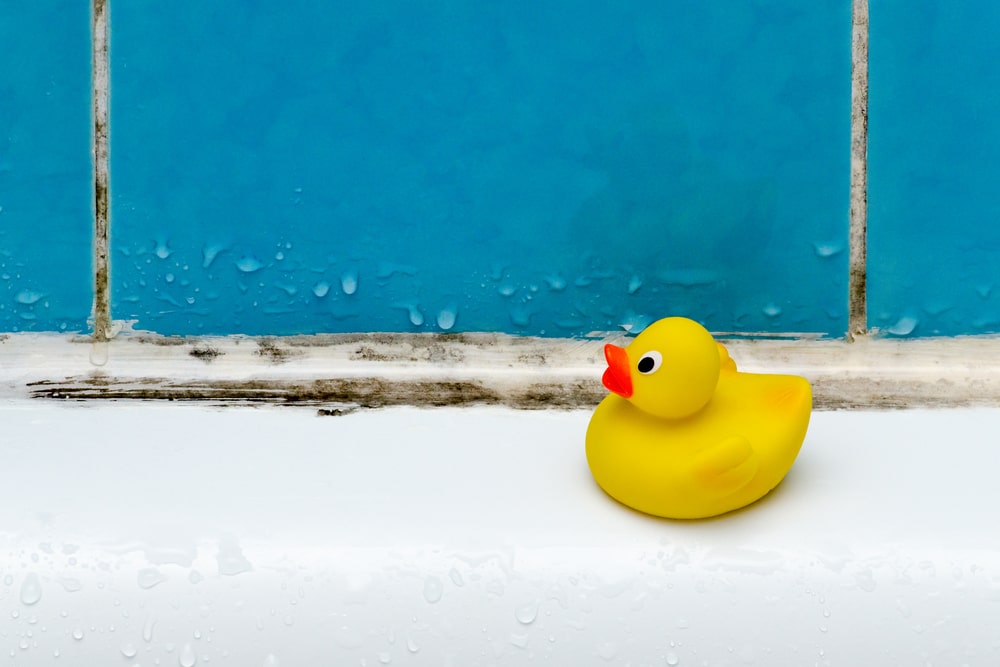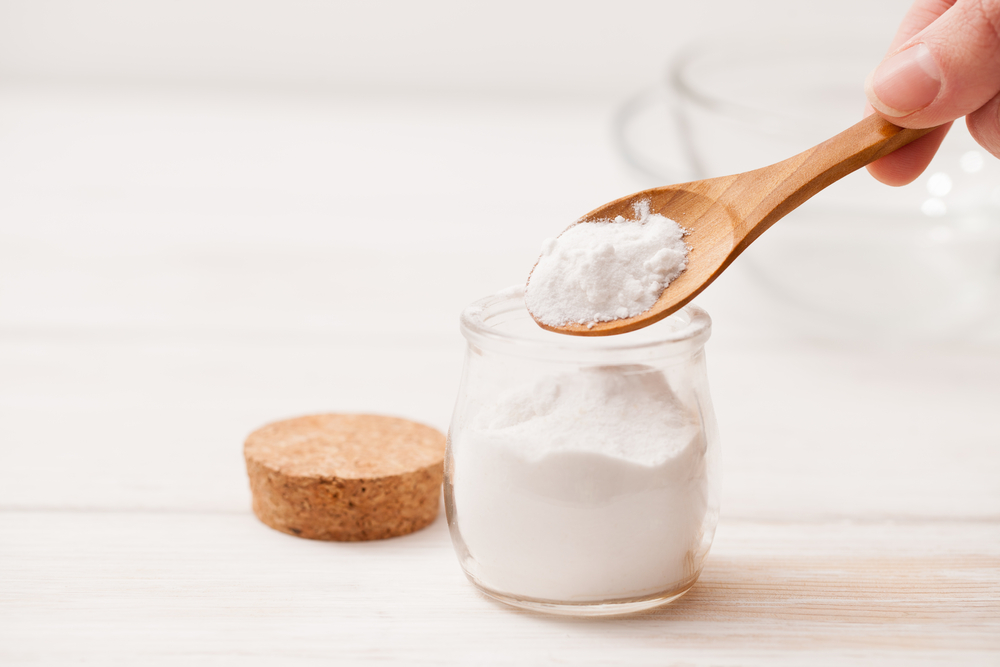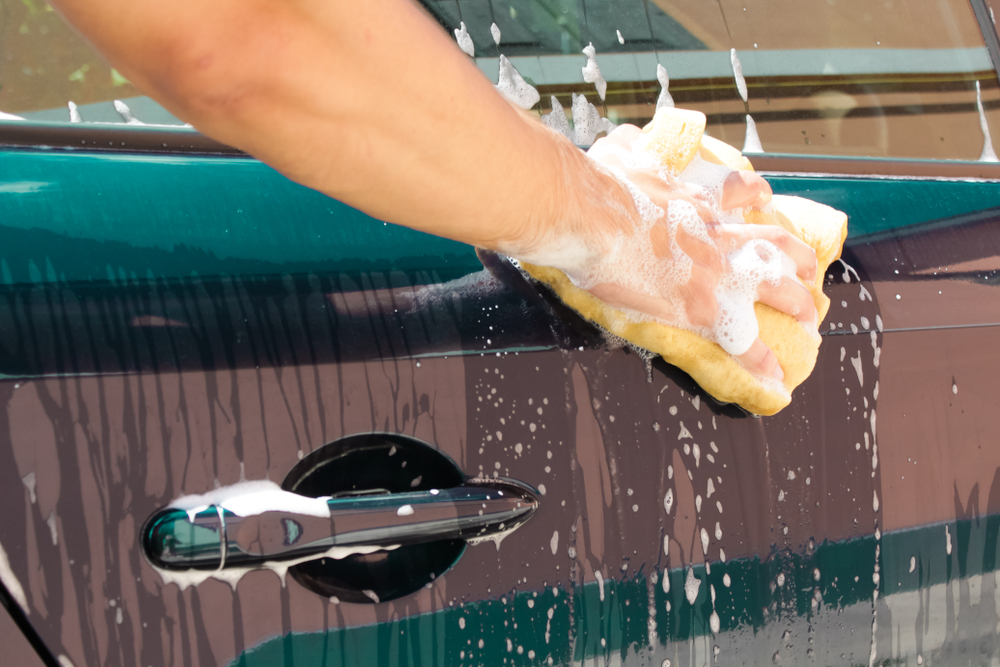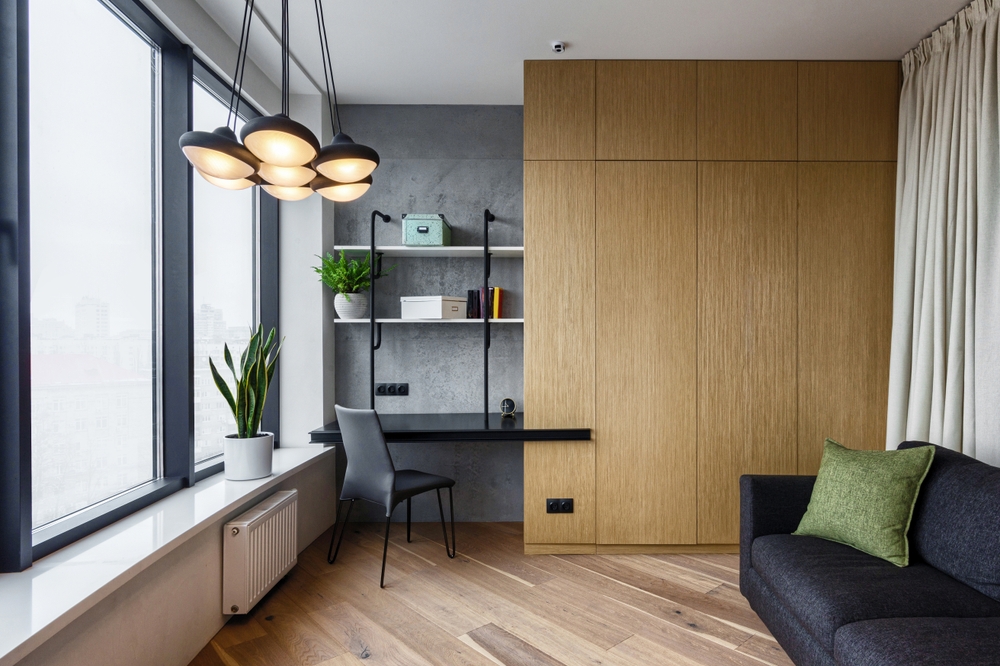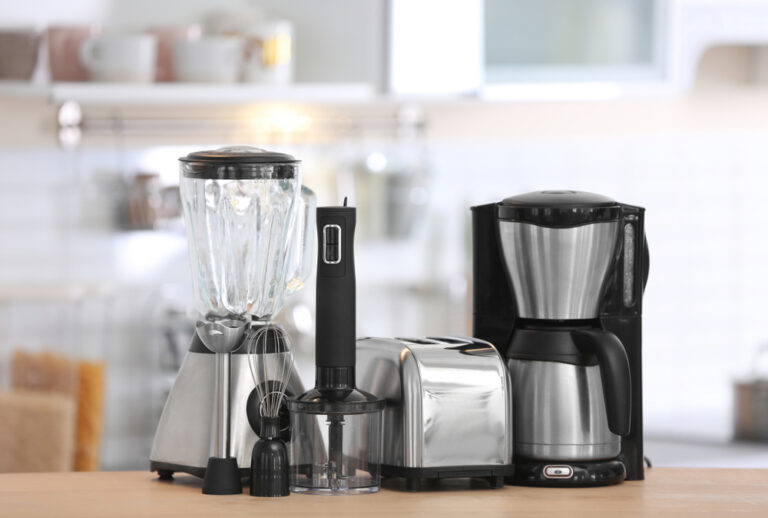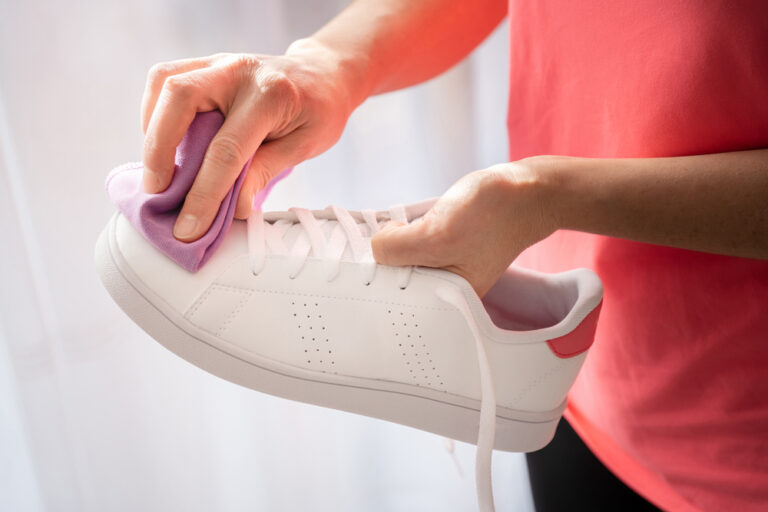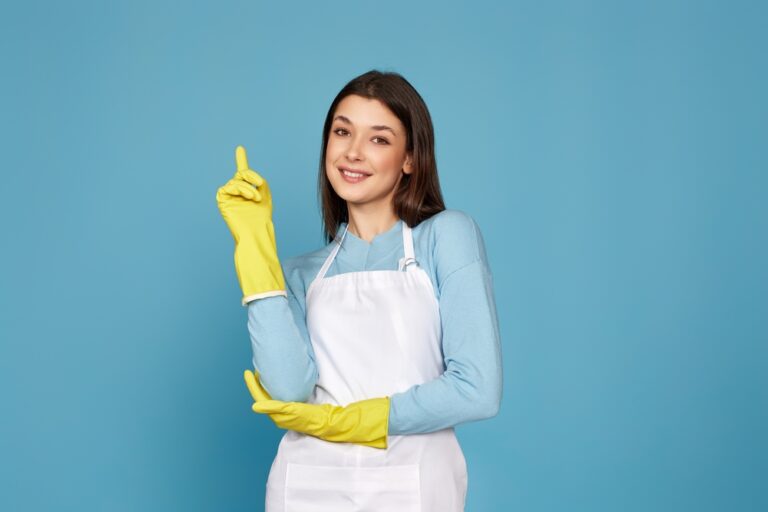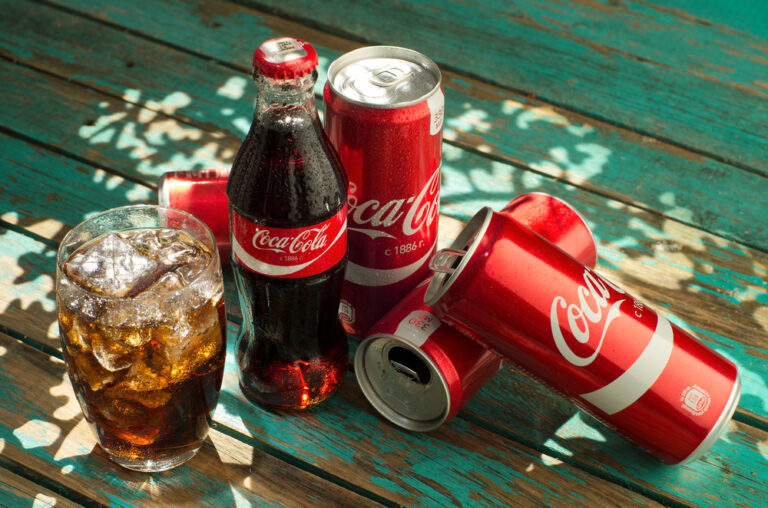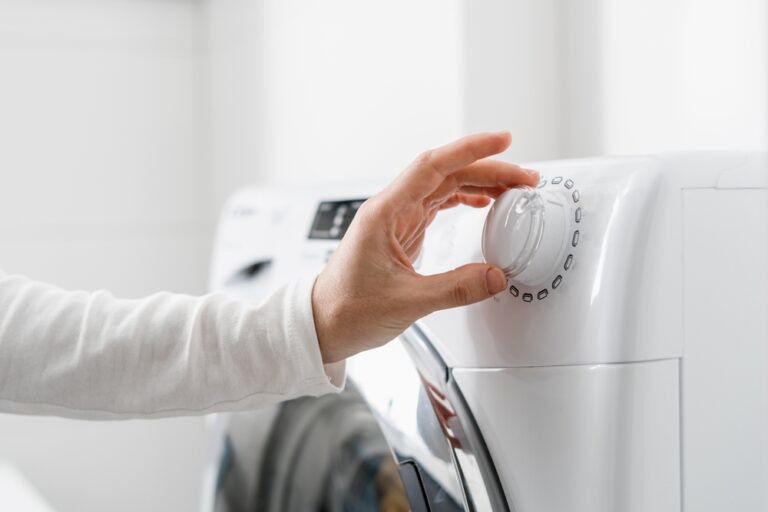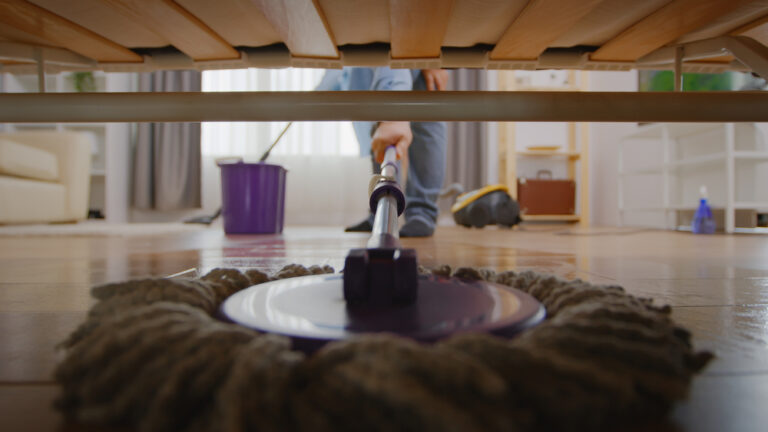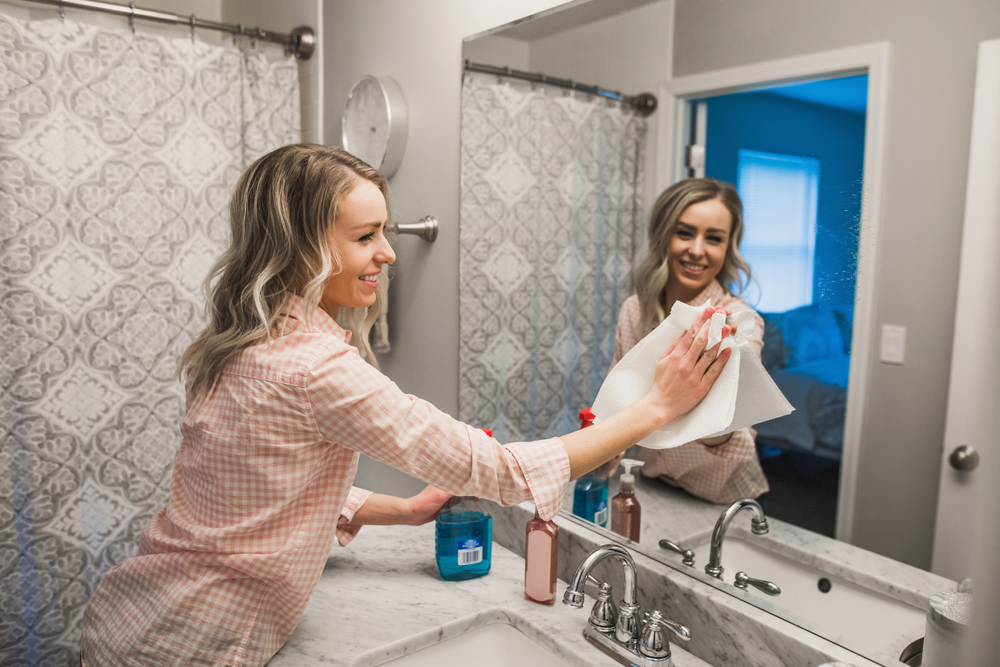
Which are the dirtiest places in your bathroom?
Yes, the toilet seat is definitely one of them, but you’ll be surprised to learn that the enameled seat isn’t the most gross item in your bathroom. Knowing where the dirtiest spots are and how to clean them is key to ensuring the place stays hygienic, which will translate to the rest of your house.
As one of the germiest areas in your house, your bathroom requires special attention when it comes to cleaning in order to avoid spreading bacteria throughout the entire house and keep a clean space. If it’s not properly cleaned, the bathroom can turn into a place where germs and mold thrive quickly.
Having a sanitary and spotless bathroom will make this place more inviting for you, your family, and guests alike, which is why we’ve spoken with some experts, and they’ve revealed the dirtiest places in your bathroom and how to clean them correctly. Check this out!


